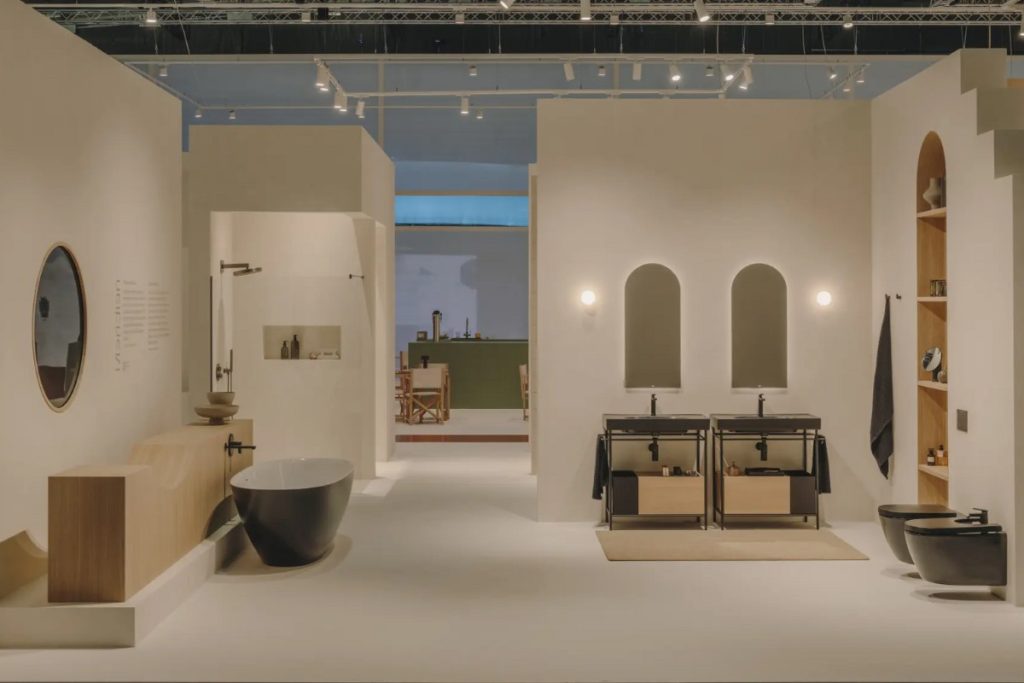 21st August 2015 | IN DESIGN ADVICE | BY SBID
21st August 2015 | IN DESIGN ADVICE | BY SBIDIn many of our projects, our team follows a strict ethos and discipline in order to achieve a beautiful interior that is functional, aesthetically complete and exacting to the client’s expectations. These design disciplines give a brief overview of how we come to deliver successful interior design projects.
1. Know Your Client: Understand the client’s expectations in order to tailor the design around their preferences. While some clients prefer a complete turnkey solution that is specified by the architect or interior designer, others like to have a greater involvement in determining levels of detail, thus providing a greater end user experience for the client.
2.Define a clear design objective: Our studio prides itself in our ability to provide a bespoke and sympathetic design approach to each project, thus ensuring a more tailored design that meets with the client’s expectations. Getting this objective correct at the beginning of the design process is crucial to ensuring a successful finished result.
3. Expertise and Experience: A well implemented interior requires a considered approach that is tailored to the client’s desires, sympathetic to the building, and enhances the property by increasing functionality and adding value. Knowledge is made up from the combined principles of design; planning, finishes, manufacture, details and dressing.
4. Supplies, Materials and Resources: The marketplace is full of an extensive selection of fabrics, wall coverings, wood, stone and specialist finishes. The key to successfully designing a space is the careful use of materials. A sympathetic design will not only deliver the level of aesthetics required, but will also consider the practicality and functionality when selecting materials.
5. Keep Informed and Knowledgeable: The design industry is an ever changing landscape with newer textiles and technologies coming to market. Staying abreast of these changes will help to guarantee that a client receives a comprehensive solution to their spatial and interior design requirements.
6. Scheme Presentation: A principal challenge faced by an interior design team is the task of conveying their design intent into a comprehensive presentation that will be successfully received by the client. It should be concise, coherent and responsive to the client’s expectations, while delivering an elegant interior scheme that fully illustrates why the client has chosen to utilise the expertise of professional designers.
7. Transparent Communication: It is absolutely essential for communication to be transparent and forthcoming at all levels of the project, and amongst all parties involved. This includes communication between suppliers and designer, and also keeping the client informed of all issues throughout the entire process.
8. Successful Implementation: A successful implementation will only be achieved if there is a solid and reliable team of tradespeople and suppliers delivering on their promises. This includes making sure the main contractor completely understands the design and its precise details.
9. Limitations and Challenges: It is unlikely that every project will run perfectly smooth and without any problems. There can be unforeseen complications that challenge the skillset of even the best design team, but a careful consideration and thorough approach to all details can help to mitigate most issues.
10. Final Dressing: It may seem less significant, but the final dressing of the interior is what adds the ‘finishing touch’ to a perfect design. Handing over a completed project to the client is like making their dreams come true by transforming the space into a beautiful interior.
Rene Dekker Design
Website
Blog
Facebook
Pinterest
Google+
Images: Project M Restaurant London by Rene Dekker Design



